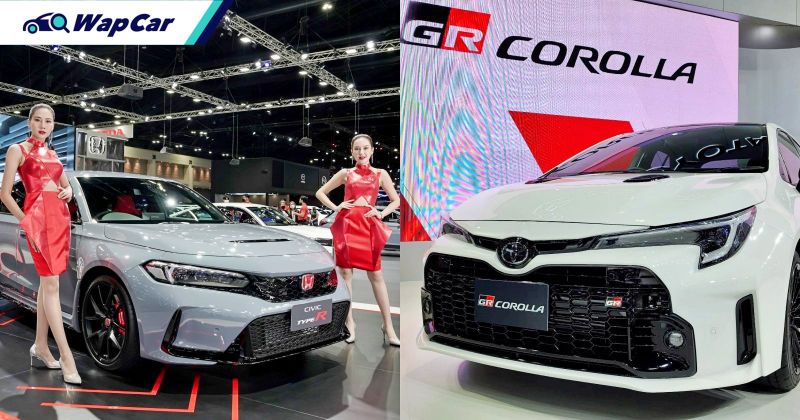
Toyota has announced prices of the Toyota GR Corolla at its home market in Japan. Two variants are available but only 1 is relevant to us. The RZ variant sells for JPY 5,250,000, which is 15 percent more expensive than the highest specs GR Yaris RZ High Performance. The other variant is the Morizo Edition, a stripped out, 2-seater track missile that’s definitely not coming here. That variant costs JPY 7,150,000.
Both the GR Corolla and GR Yaris share more or less the same powertrain – a 1.6-litre 3-cylinder turbocharged engine paired to a World Rally Championship-honed GR-Four 4WD 6-speed manual transmission. Yes, there’s also a 1.5-litre naturally aspirated CVT automatic GR Yaris RS, but that’s not our focus.
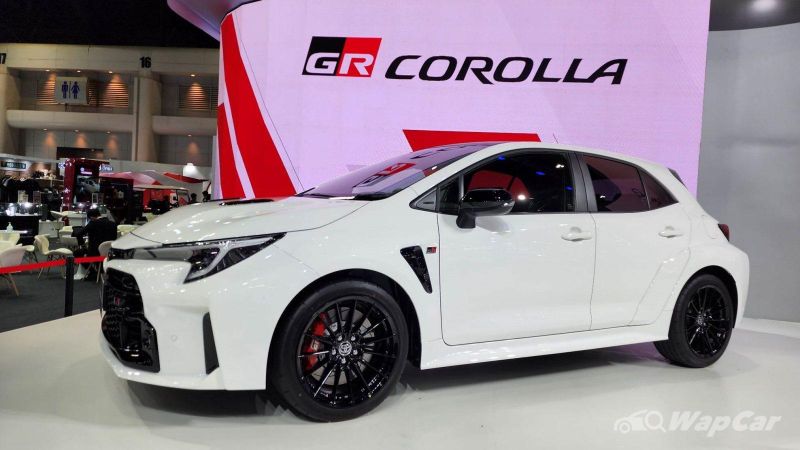
While the engine block is the same, the tuning isn’t. The higher range GR Corolla gets a more aggressive state of tune, making 304 PS at 6,500 rpm and 370 Nm from 3,000 – 5,500 rpm.
The smaller but WRC homologated and limited production (25,000 units) GR Yaris makes 32 PS less power, 272 PS at 6,500 rpm. Torque is the same 370 Nm but it is sustained at a narrower 3,000 – 4,600 rpm range.
The GR Yaris was sold in Malaysia (only 127 units) at RM 299,000, with Performance Pack. It’s basically the equivalent to the highest range RZ High Performance variant model in Japan, but with a different head unit and audio system.
Assuming the same 15 percent price difference over the GR Yaris is applied here, we can expect the GR Corolla to be launched in Malaysia at around RM 345k.
You may have read that the GR Corolla made its ASEAN debut in Thailand at an equivalent price of RM 497k (THB 3,949,000), but you shouldn’t read too much into it because the converted prices have been inflated by the strong Thai Baht versus our weaker Ringgit.

More importantly, the 4WD GR Corolla’s price in Japan is only 5 percent more expensive than the front-wheel drive FL5 2022 Honda Civic Type R (JPY 4,997,300).
The last FK8 Honda Civic Type R was sold in Malaysia at RM 320k but that was when GST was still in place.
In Japan, this all-new FL5 generation model is 5 percent more expensive than the previous FK8 generation, so we should expect a similar 5 to 7 percent (at least) increase in prices when it is launched in Malaysia. A circa RM 350k price is a reasonable estimate.
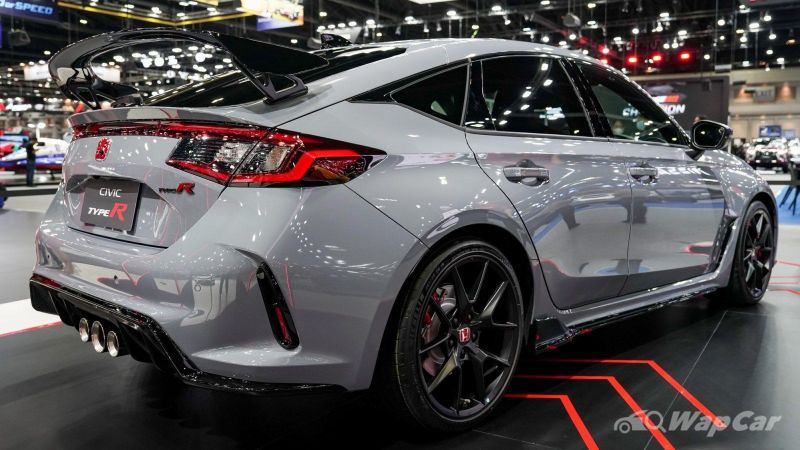
Since our archaic vehicle tax structure is still based on engine capacity, the 1.6-litre GR Corolla will attract about 5 percent less excise tax than the 2.0-litre Honda Civic Type R (75 percent versus 80 percent).
Assuming that the 30 percent import duty is exempted / applied equally to both models, there is a chance that the GR Corolla could be launched at a lower price than the Civic Type R. We say ‘exempted / applied’ because under the Japan-Malaysia Free Trade Agreement, import duty for cars originating from Japan is waived to zero.
In theory, prices of imported (CBU) cars from Japan should be coming down but in reality this is not happening because to qualify for the waiver, the manufacturer must provide documentations proving the country of origin for each part that went into the car.
With parts count for an average car easily reaching 50,000, few manufacturers have the patience to do this, especially for a small market like Malaysia, where 60 percent of the car market is dominated by national makes.
“If we take time to do this, what is the projected increase in sales?” is what the manufacturer will ask the local distributor. If the figure comes out to be a negligible 4-figure sum, a sum that a dealer in the US or China can do in a week, “Forget it” will be the answer.
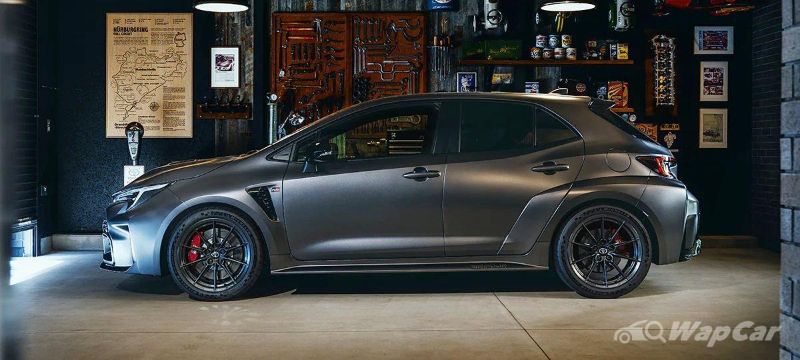
So unless Honda or Toyota decide to go through this tedious process, we estimate that the GR Corolla will be priced slightly lower than the Civic Type R.
Both models are expected to be launched in Malaysia within the first half of 2023.
Source: Lower excise tax could mean 4WD Toyota GR Corolla is cheaper than FWD FL5 2022 Honda Civic Type R?

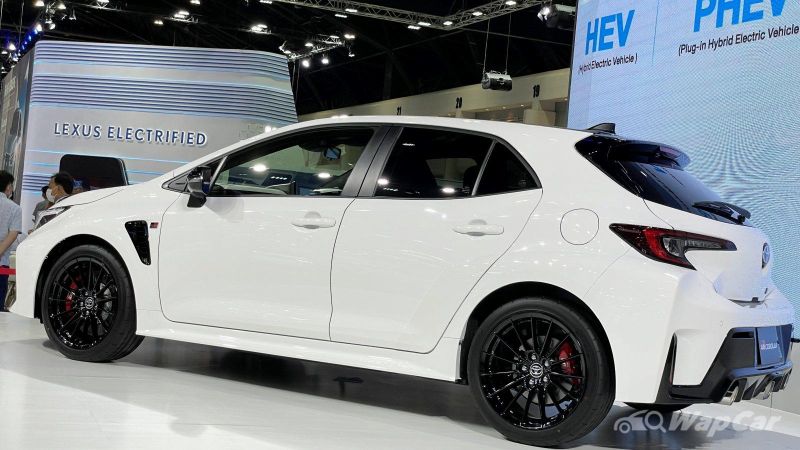
More Stories
Optimizing Route Planning with Courier Software
Site Oficial Para Cassino Online At The Apostas No Brasil
Site Oficial Para Cassino Online At The Apostas No Brasil